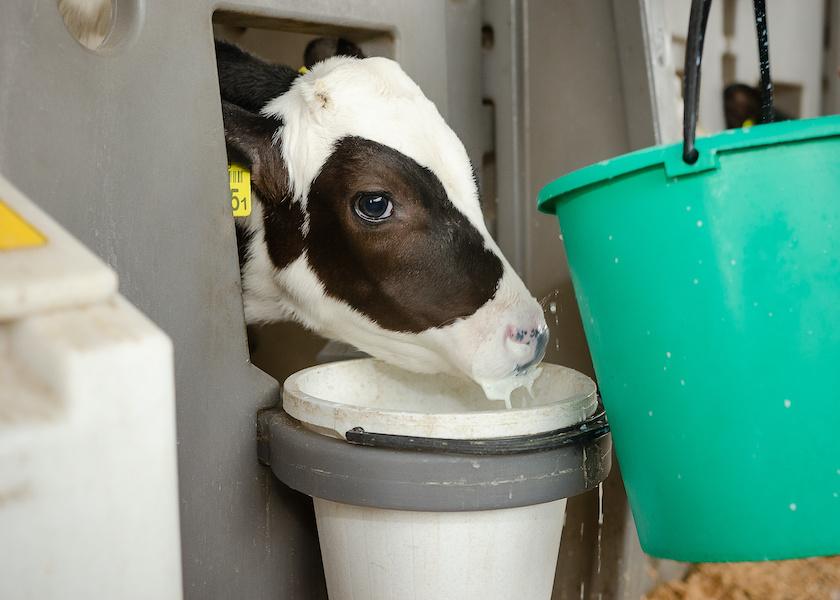Researchers Explore Risks of Feeding Waste Milk

Is it safe to feed waste milk to calves? A growing body of global research is beginning to build against the practice.
The two issues of greatest concern related to the practice: calf health, and the potential advancement of antimicrobial-resistant bacteria. In 2017, the European Food Safety Authority (EFSA) published a Scientific Opinion stating that feeding milk containing antibiotic residues presents a significant risk for the development of antimicrobial-resistant bacteria developing in dairy calves.
Researchers at the University of Vienna recently analyzed 19 studies published in scientific literature on the practice of feeding waste milk to calves. The research was published in international journals between 2016 and 2020. Also included was a summary of the EFSA Scientific Opinion.
The net result of the literature evaluation caused the researchers to express concern about the practice due to:
- The selection for antimicrobial-resistant bacteria
- A shift in the intestinal microbiome; and
- Possible negative consequences on global public health.
At the same time, the Austrian researchers did find some positive influence on daily weight gain and other advantages in calf health from feeding waste milk compared to milk replacer. And while feeding waste milk with antibiotic residues appeared to increase the excretion of antibiotic-resistant bacteria in dairy calves, the incidence was short-lived.
Similarly, they were not able to draw conclusions on the changes in calves’ microbiome, and long-term implications to their health.
But an even more recent study did. Researchers at the University of Milan, Italy and Cornell University in New York examined the impact of feeding waste milk containing residue cefalexin, an antibiotic commonly used for intramammary therapy. Unlike similar research in the past, this study evaluated outcomes beyond the feeding period, for up to 6 weeks after removal of waste milk from the diet.
A total of 12 calves were enrolled in the study. After 3 days of colostrum feedings, half were fed unpasteurized waste milk from cows receiving intramammary cefalexin for 2 weeks, while the other half were fed bulk tank milk for the same period. All calves then were fed the same diet with no antibiotic residues for an additional 6 weeks. Clinical assessments and fecal samples and evaluations were conducted throughout the entire 8 weeks of the study.
During the first 2 weeks, 5 out of the 6 calves fed waste milk experienced at least one episode of diarrhea, compared to 1 out of the 6 fed bulk tank milk. All of them were treated with supportive therapy but no antibiotics. At the end of Week 1, the bulk tank group had a significantly higher total bodyweight advantage, which continued through the end of the trial.
An extensive evaluation of the gut microbiome between the two groups led the researchers to conclude feeding unpasteurized waste milk with residual antibiotics can interfere with the proper development of the intestinal epithelium and mucus layer; the formation of lymphoid structures; and the differentiation of immune cells. They also noted that pasteurization could change the microbial profile of waste milk, but would not significantly change the concentration of antibiotic residues.
The researchers’ concern for the impact of feeding waste milk on gut immunity, gastrointestinal health, and the ability to metabolize nutrients efficiently led them to ultimately recommend against the practice of feeding waste milk to young calves.
The authors of the Austrian study suggested that “additional research should be conducted to on how to treat waste milk so that valuable nutrients can be utilized while avoiding possible risks to health.”







